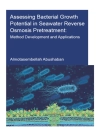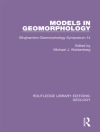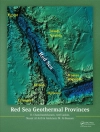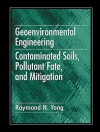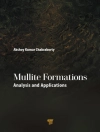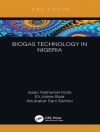Advances in Environmental Research. Volume 69 opens with an overview of recent studies regarding toxic effects of chlorpyrifos and the methods of its removal, focusing mainly on the generation of its oxo-analogue, chlorpyrifos-oxon, as a result of organophosphate metabolism by cytochrome P450s, and the influence on some physiologically important enzymes. Following this, a comprehensive overview of the diversity of Basidiomycetes species present in polluted areas is provided, as well as potential uses in the restoration of these areas. Basidiomycetes fungi promote immobilization of mycogenic metals through the precipitation of oxalates or via ligand binding, as well as passive bio-absorption and accumulation in their biomass. Ecosystems of the European North show low tolerance to anthropogenic impact and very slow succession recovery. This largely determines the development of biota and ecosystems. Among the types of impact, the authors propose that special attention should be paid to those associated with gathering, hunting, and grazing, and aimed mostly on the use of bioresource potential of landscapes. Next, after a short introduction on the composition and sources of oil pollutants in the environment, the authors review all transformation processes that affect composition of oil pollutants in contaminated soils. The authors also describe detailed information on the toxicity of chlorpyrifos and its metabolites, the mobility of chlorpyrifos in soil and water following spraying, and residues of its metabolites on treated edible plants. In the penultimate chapter, the RUSLE model coupled with transport limited sediment delivery function were used to predict the longtime average annual soil loss, and to identify the critical erosion-/deposition-prone areas of Lodhama River Basin in Eastern Darjeeling Himalaya, India. Lastly, although microorganisms cannot destroy pollutants, this collection discusses how they can alter their chemical properties via a surprising array of mechanisms. The focus is on the metals and metalloids that contaminate waters and are most commonly found in the environment, including: lead, chromium, mercury, uranium, selenium, zinc, arsenic, cadmium, silver, gold, and nickel.
Justin A. Daniels
Advances in Environmental Research. Volume 69 [PDF ebook]
Advances in Environmental Research. Volume 69 [PDF ebook]
Bu e-kitabı satın alın ve 1 tane daha ÜCRETSİZ kazanın!
Dil İngilizce ● Biçim PDF ● Sayfalar 268 ● ISBN 9781536164473 ● Editör Justin A. Daniels ● Yayımcı Nova Science Publishers, Inc. ● Yayınlanan 2019 ● İndirilebilir 3 kez ● Döviz EUR ● Kimlik 7291877 ● Kopya koruma Adobe DRM
DRM özellikli bir e-kitap okuyucu gerektirir


